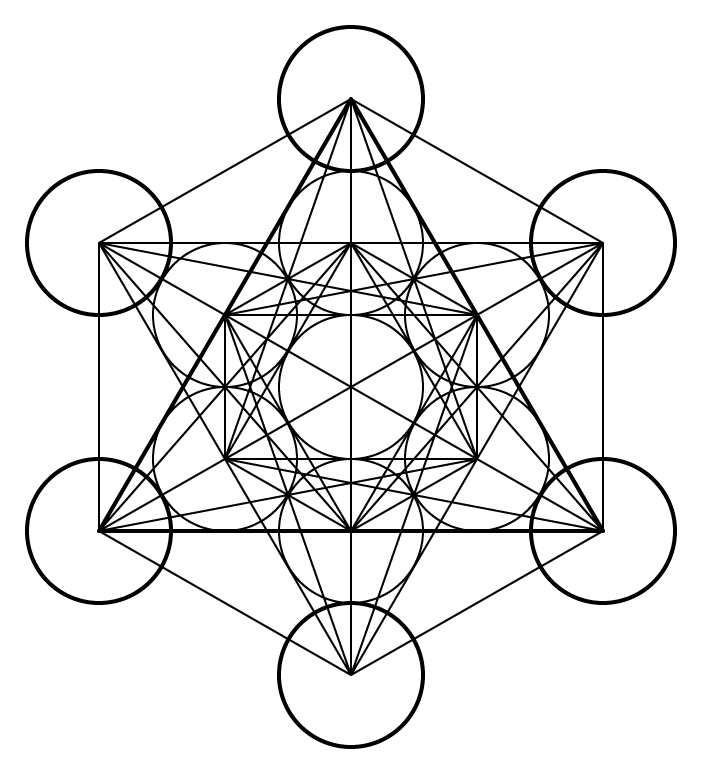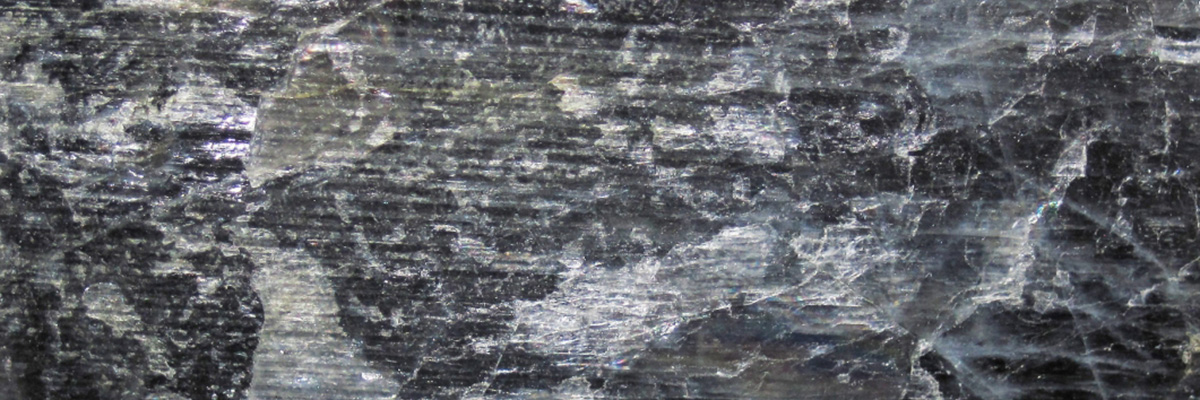Plagioclase is a series of tectosilicate minerals within the feldspar family, which are some of the most abundant minerals on Earth. Characterized by its triclinic crystal system and typically exhibiting a white to gray color, plagioclase has a vitreous luster and is commonly found in a variety of rock types. The mineral’s composition varies, with a continuous series formed between two end members, albite (sodium-rich) and anorthite (calcium-rich).
Usage
Plagioclase serves as a vital component in the construction and ceramics industries. Its primary use is as a raw material in the production of ceramics, including tiles, sanitary ware, and tableware. In addition, plagioclase is used in the manufacturing of glass and as a filler in paints, plastics, and rubber. The mineral’s abundance, coupled with its desirable properties, make it a crucial resource for various industrial applications.
Gemstone
While plagioclase is not typically considered a gemstone, certain varieties, such as labradorite and sunstone, exhibit attractive optical properties and are used in jewelry. These gem-quality plagioclase minerals are valued for their unique visual characteristics, such as labradorite’s iridescent play of colors (labradorescence) and sunstone’s glittery appearance due to light reflecting off its inclusions.
Origin
Plagioclase minerals form through a variety of geological processes, including the crystallization of magma and the recrystallization of pre-existing minerals during metamorphism. The mineral’s composition is influenced by factors such as temperature, pressure, and the availability of sodium and calcium ions during its formation. The series of plagioclase minerals is a result of the different proportions of albite and anorthite end members in the mineral’s structure.
Occurrence
Plagioclase is ubiquitous in the Earth’s crust, found in a wide range of rock types such as igneous, metamorphic, and sedimentary rocks. The mineral is especially prevalent in igneous rocks like basalt, gabbro, and andesite, as well as in metamorphic rocks like gneiss and schist. Significant deposits of plagioclase can be found worldwide, including the United States, Canada, Norway, and Brazil, due to its widespread distribution in various geological environments.
Metaphysical
In metaphysical and spiritual practices, plagioclase is believed to possess a range of properties. The mineral is thought to promote balance, stability, and emotional healing, helping individuals navigate through challenging situations and relationships. Plagioclase is also associated with the release of old habits and patterns, allowing for personal growth and transformation. Additionally, the mineral is said to enhance one’s ability to connect with higher spiritual realms and promote intuition and insight.
| Class | Tectosilicates |
| Formula | (Na,Ca)(Al,Si)4O8 |
| Luster | Vitreous |
| Hardness (Mohs) | 6-6.5 |
| Streak | White |
| Color | White to gray, sometimes with a bluish or greenish cast |
| Cleavage | Good in two directions at nearly 90 degrees |
| Specific Gravity | 2.62 – 2.76 |


